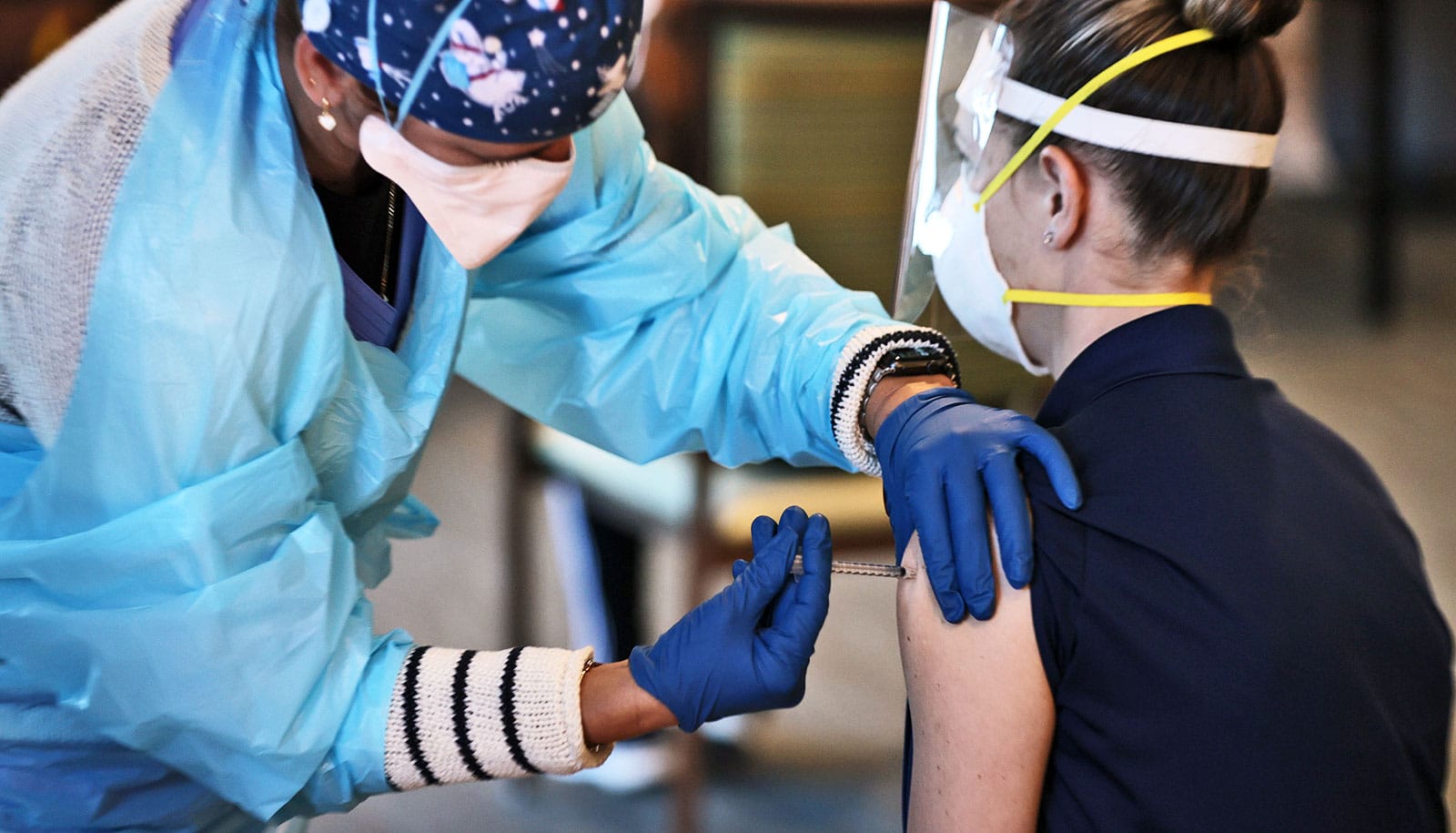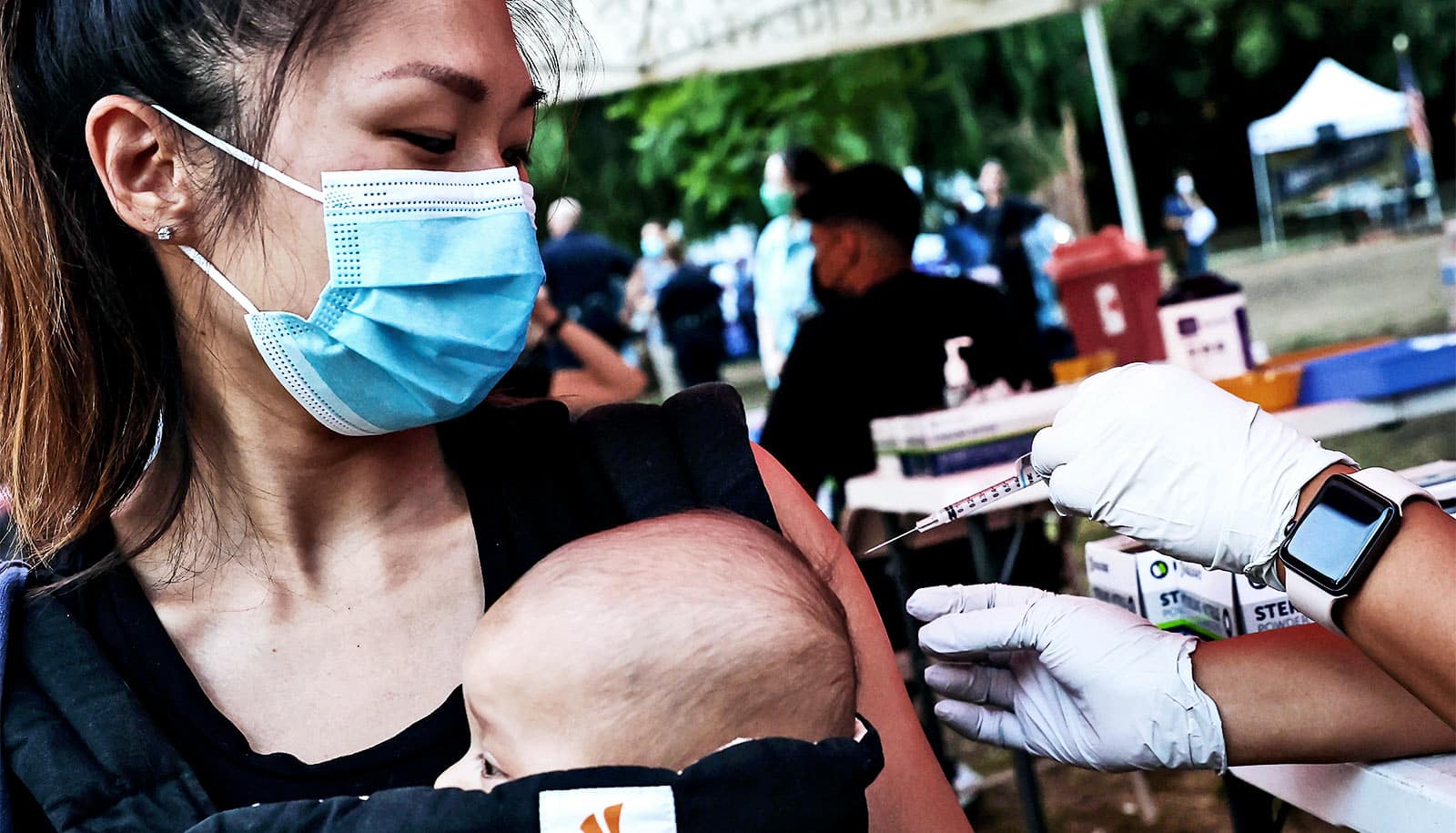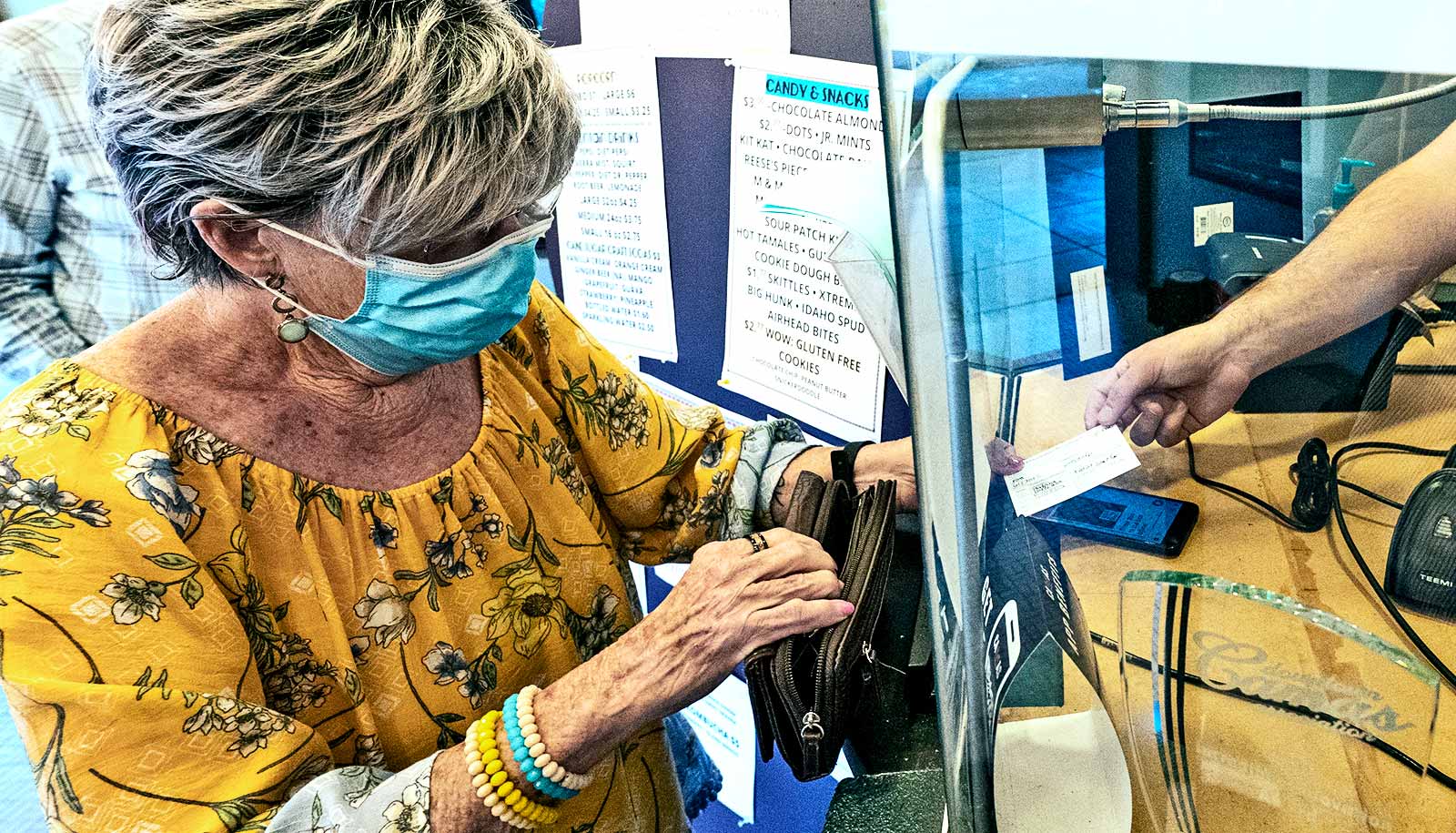State-level vaccine mandates were associated with increased vaccination rates for nursing home staff without an increase in staffing shortages, a new study finds.
In the summer of 2021, states began announcing COVID vaccine mandates for nursing home staff as a strategy to improve vaccination rates and help control COVID infections in nursing homes.
“It looks like this policy really had its intended effect.”
The mandates came with concerns about whether the requirement would lead to further staffing shortages if employees chose to leave their jobs rather than comply.
Researchers sought to understand the effect of these state-level mandates both on vaccination rates and on staffing levels. In addition, they looked at how county political preference, a factor strongly correlated with vaccine acceptance, affected the success of state mandates.
“Having a highly vaccinated staff is really a key piece of the mitigation strategy for keeping a very vulnerable population—the nursing home residents—safe from COVID infections and COVID deaths,” says Brian McGarry, assistant professor of medicine in geriatrics and aging at the University of Rochester. “So policies that can improve vaccination rates among staff are very likely to have protective benefits for the vulnerable individuals there.”
McGarry and his team examined data from the CMS COVID-19 Nursing Home Public File, which includes data submitted weekly from all Medicare- and Medicaid-certified nursing homes. They looked at nursing homes in 38 states where they could identify the mandate status and announcement date, where the mandate applied to all nursing home workers, and where county-level data from the 2020 US presidential election were available.
Their sample included 26 states with no vaccine mandate, four with a mandate that included a test-out option, and eight with a mandate that did not include a test-out option.
The findings, published in JAMA Health Forum, show that the mandates were associated with increased vaccination rates among nursing home staff—with larger effects in Republican-leaning counties—but not with increased reports of staffing shortages.
“It looks like this policy really had its intended effect,” McGarry says. “It boosted the vaccination rates among nursing home workers and didn’t seem to lead to this unintended consequence of causing a mass exodus of employees from the nursing home industry in those states.”
The researchers found that, over a period of at least 10 weeks ending in November 2021, nursing homes in states with a mandate and no test-out option that would allow staff to submit to additional COVID testing instead of getting vaccinated had a 6.9 percentage point increase in staff vaccination coverage and nursing homes in states with a mandate and a test-out option had a 3.1 percentage point increase in staff vaccination coverage.
In Republican-leaning counties, nursing homes in states with a mandate and no test-out option saw a 14.3 percentage point increase in vaccination coverage compared to similar counties in non-mandate states. Their analysis found no significant increases in reported staff shortages.
During that same period, non-mandate states had consistently lower vaccination coverage and higher rates of reported staff shortages.
McGarry and his colleagues are continuing to evaluate the impact of vaccine mandates. They are looking more deeply into the impact of state and federal mandates on staffing levels by analyzing payroll-level data, and they are watching what has been happening nationwide as booster doses have become available.
Additional coauthors are from the University of California, Los Angeles; Hebrew Senior Life in Boston; Brown University School of Public Health; and Harvard Medical School.
The National Institute on Aging supported the work.
Source: University of Rochester



